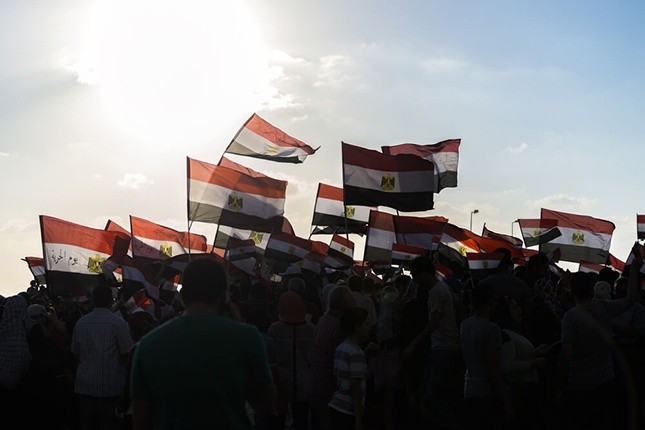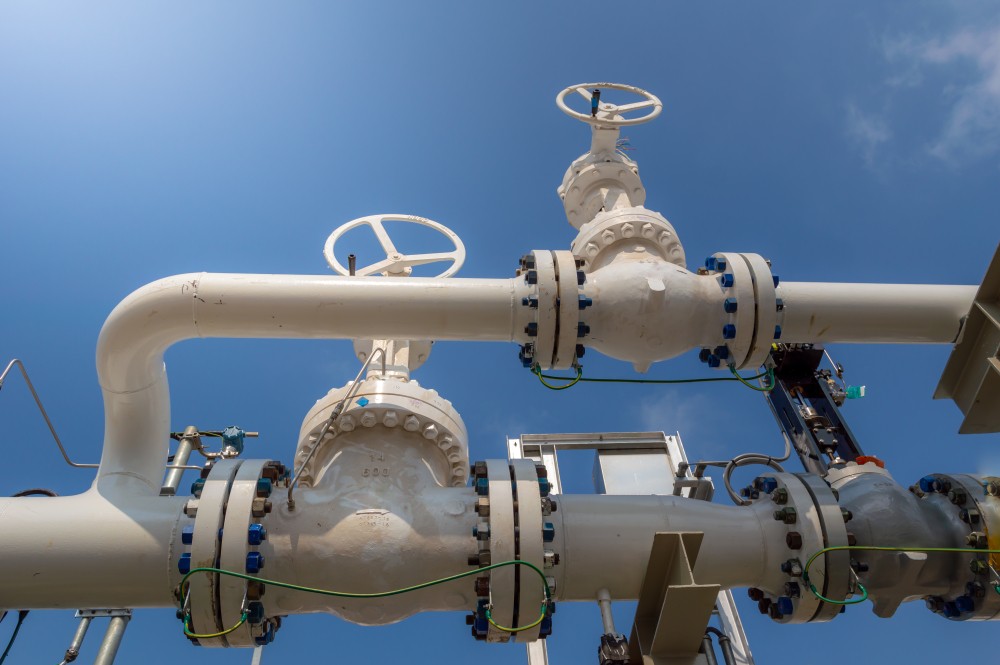The International Monetary Fund or IMF finally approves the last tranche for Egypt’s economic reform program. The global money lender will release the $2 billion package after seeing the country’s improvement.
Egyptian officials and the IMF settled a loan on November 11, 2016, as a part of the country’s attempt to revive the economy. The massive loan is worth $12 billion, and the pay-off will be partial in the span of three years.
The acting director of the Fund, David Lipton, said that Cairo has met the requirements for the three-year agreement. The arrangement of both parties came under the Extended Fund Facility (EFF).
The loan from the IMF intends to address the economic challenges faced by the country; it aims to boost economic growth and produce more jobs.
Lipton acknowledges Egypt in a statement, the Acting Director said that the country has improved since struggling in 2016.
He added that Cairo’s movements stabilized the macroeconomics in Egypt. Public debt also moved towards a downward trajectory.
But Lipton said much work is needed to reform state-owned enterprises, industrial land allocation, public procurement, and competition policy. However, the IMF sees the progress favorable for a positive economic outlook in the long run.
The IMF’s decision to approve the $2 billion tranches came during the organization’s meeting. Prior to the meeting, Cairo applied tranches to fuel subsidies cut in order to meet the real cost prices.
The Fund credited the improvements to measures like its liberalization of exchange rates and monetary policies while resuming attempts to control public finances.
Economic Growth

Egypt’s economic growth rate remarkably accelerated after the agreement in 2016. Data showed a growth rate of 4.2 percent for fiscal 2016-2017. The 5.3 percent growth rate was recorded for the fiscal year 2017-2018.
Now, economists are expecting Egypt’s growth rate to climb 5.9 percent this year as it gains support from the recovering net exports and investments.
Improving data from GDP and unemployment reports also reinforces Cairo’s recuperation. Unemployment in the Arab Republic of Egypt went down to single-digit, data last seen since 2011.
The IMF said in April its expectations for the country’s growth while lowering the inflation rate to 14.5 percent.
Economic Reform Program
In efforts to revive the faltering economy since 2011, the Egyptian government went to the IMF to obtain a loan. The agreement to acquire the loan included implementing several rigorous reform programs.
The step started with floating its currency, the Egyptian pound. The value of the currency slashed into half.
The crisis started when its economy took a hard blow from the immediate aftermath of the Egyptian revolution. The movement from the people helped ousted Hosni Mubarak in 2011.
Muhammad Hosni El Sayed Mubarak was the long-time reigning autocrat of the Arab Republic. He was a former Egyptian military member and he sat as the fourth President of Egypt.
Since July 2013, Abdel Fattah al-Sisi became its de facto leader. President Fattah and his entire administration have strictly enforced austerity programs designed to rebuild and stabilize the economy.
Interested in an Islamic Forex Trading Account? Read WiBestBroker’s comprehensive review on Vlom.









COMMENTS